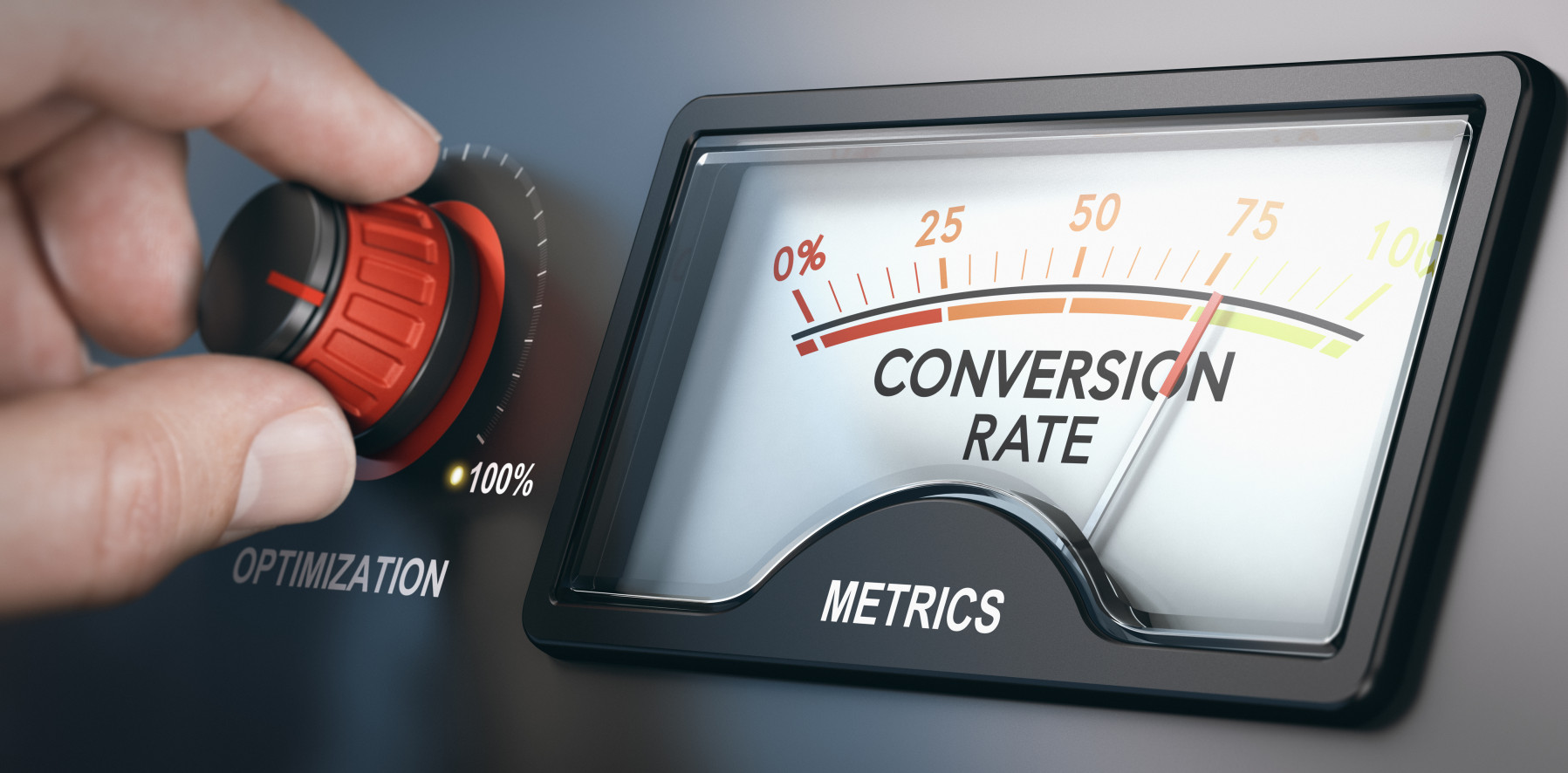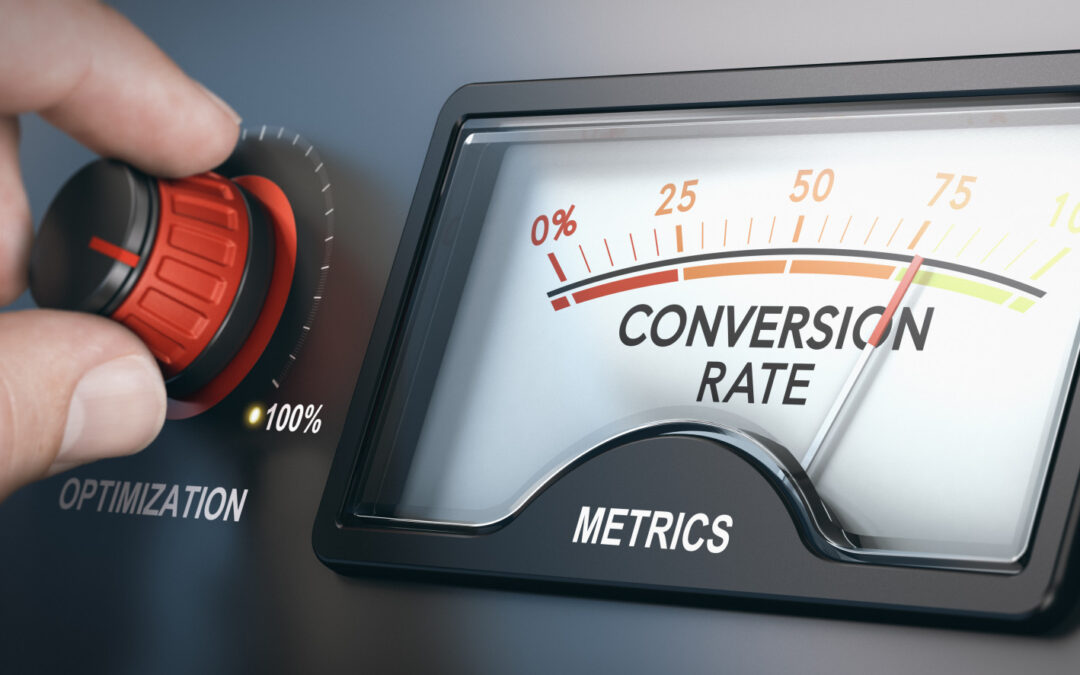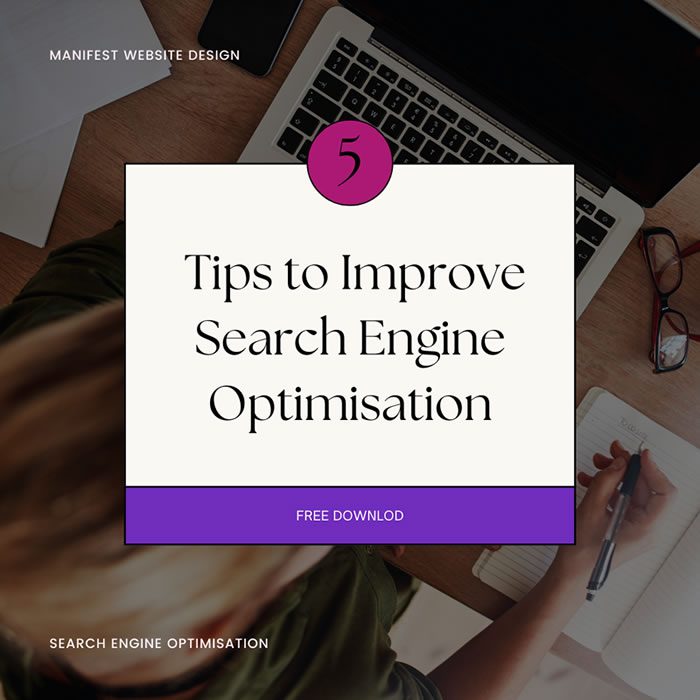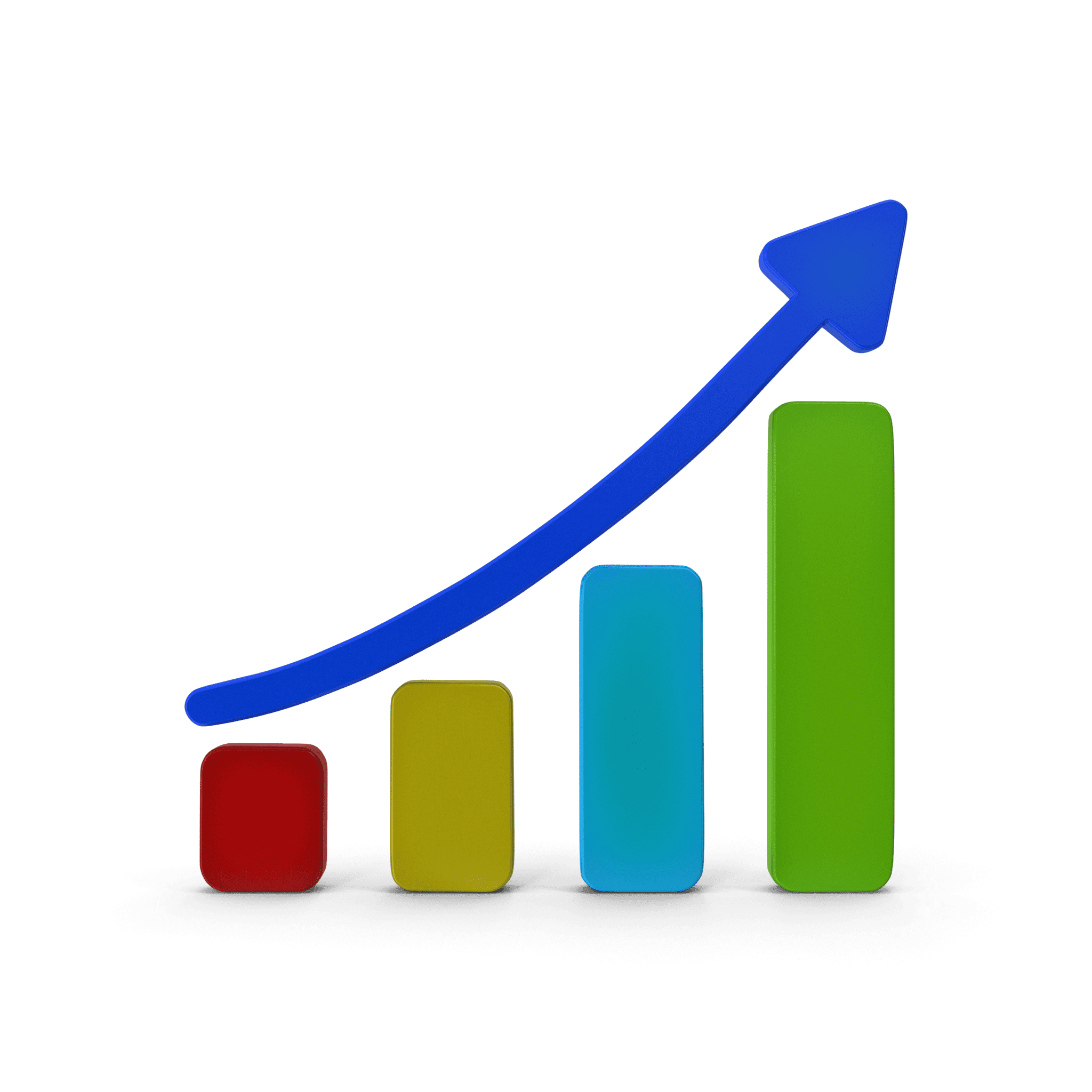How to Track SEO Conversions to Improve Results

Tracking SEO conversions is a critical strategy for understanding how your organic search efforts are impacting your business goals. By knowing exactly how visitors convert—whether through form submissions, purchases, or other actions—you can optimise your website and content to drive even better results. In this comprehensive guide, we’ll explore everything from the basics of conversion definitions to advanced strategies and tools for tracking your SEO conversions.
1. Introduction
Search engine optimisation (SEO) is all about driving high-quality traffic to your website, but the true measure of success lies in conversions. In this article, we discuss how to track seo conversions effectively and provide actionable insights that help you turn visits into tangible outcomes. Whether you’re new to digital marketing or looking to refine your strategy, understanding SEO conversions is essential for long-term growth.
2. Understanding SEO Conversions
What Is Conversion in SEO?
At its core, a conversion in SEO occurs when a visitor completes a desired action on your website. This might include filling out a contact form, subscribing to a newsletter, or making a purchase. Essentially, it’s the moment when a prospect becomes a lead or a customer. This concept answers the question, what is conversion in seo, by highlighting the transition from mere site visits to engaged users.
Key Metrics to Watch
To effectively track conversions, you need to measure relevant metrics such as click-through rates, bounce rates, and time on page. Monitoring these factors helps you understand visitor behaviour and refine your strategy over time. When you know which pages drive conversions, you can better allocate your resources and improve your SEO performance.
3. Conversion Rate in SEO
What Is Conversion Rate in SEO?
The conversion rate is the percentage of visitors who take the desired action after arriving on your site. Understanding what is conversion rate in seo is fundamental, as it provides a clear picture of your site’s performance in turning visitors into customers. For instance, if 100 visitors result in 5 conversions, your conversion rate is 5%.
Factors Affecting Conversion Rates
Several factors can influence conversion rates, including:
- Website design and usability
- Quality and relevance of content
- Call-to-action (CTA) effectiveness
- Mobile responsiveness
Analysing these factors helps you fine-tune your strategy and enhance the user experience, ultimately leading to a higher conversion rate.
4. Conversion-Focused SEO Strategies
Strategic Planning for Conversions
Implementing conversion-focused seo strategies means aligning your SEO efforts with clear conversion goals. Start by defining your conversion actions and ensuring your website’s structure supports those actions. This involves optimising landing pages, creating compelling CTAs, and ensuring that every element on your page encourages user engagement.
Best Practices
- Keyword Optimisation: Use targeted keywords that match your audience’s search intent.
- Content Quality: Provide valuable, informative content that answers user queries.
- User Experience: Streamline navigation and design for easy access to conversion points.
- Local SEO: For businesses with a physical presence, integrating local SEO best practices can significantly enhance conversion rates. Learn more about Local SEO.
5. Conversion-Driven SEO Techniques
Designing Content for Conversions
Adopting a conversion-driven seo approach involves crafting content that naturally leads to conversions. This means writing persuasive headlines, embedding strong CTAs, and using visuals to guide the reader’s journey. Your content should be structured to answer questions, resolve pain points, and lead the reader towards the next step.
Optimising Landing Pages
Landing pages are at the forefront of your conversion efforts. Ensure they are fast-loading, mobile-friendly, and designed with the user in mind. A/B testing different layouts, headlines, and CTAs can provide valuable insights into what resonates best with your audience, helping you refine your approach for maximum conversion efficiency.
6. Tools and Techniques for Tracking SEO Conversions
Essential Analytics Tools
To track SEO conversions effectively, leverage analytics tools such as:
- Google Analytics: Set up conversion goals to monitor visitor actions.
- SEMrush or Ahrefs: Use these for tracking keyword performance and user engagement.
- Heatmaps and Session Recordings: Tools like Hotjar or Crazy Egg offer visual insights into user behaviour.
Setting Up Conversion Goals
Creating clear conversion goals in your analytics platform is crucial. Whether it’s tracking form submissions, clicks, or purchases, setting these up correctly allows you to measure the effectiveness of your SEO strategy and make data-driven decisions.
Leveraging A/B Testing
Experiment with different elements on your site through A/B testing. This technique helps determine which version of a page performs better in terms of conversion, giving you actionable insights to boost your SEO and conversion outcomes.
7. Role of an SEO and Conversion Consultant
Expertise and Value
An experienced seo and conversion consultant can provide the expertise needed to align your SEO efforts with conversion goals. They can identify opportunities, diagnose issues, and implement strategies that lead to measurable improvements in conversion rates.
When to Consider Professional Help
If you’re struggling to turn traffic into conversions or need a fresh perspective on your digital strategy, it might be time to consider hiring a consultant. Their deep understanding of SEO combined with a focus on conversions can make a significant impact on your business’s bottom line.
8. Case Studies and Real-World Examples
Success Stories
Real-world examples can illustrate the effectiveness of conversion tracking. For instance, a business that revamped its landing pages and implemented A/B testing saw a significant improvement in conversion rates. These case studies demonstrate how a systematic approach to tracking and optimising conversions can lead to substantial results.
Lessons Learnt
Key takeaways include the importance of continuous testing, user-centric design, and data-driven decision-making. By learning from these success stories, you can apply similar strategies to your own SEO efforts to achieve better results.
9. Conclusion
Understanding and tracking SEO conversions is not just about gathering data—it’s about using that data to drive strategic decisions that enhance your overall digital performance. With conversion-focused strategies, conversion-driven techniques, and the right tools in place, you can transform your SEO efforts into a powerful revenue-generating engine.
If you need expert guidance, book with Jillian at Manifest Website Design or call +61 482 074 040 today!

JILLIAN BRANDON
About the Author
Jillian has over 30 years of experience in technology, programming, and digital marketing. Her work with the stock exchange in Australia, as well as other large corporations, has given her invaluable business expertise.
At Manifest Website Design, she helps goal-driven entrepreneurs build their business, regardless of size and industry, using the power of the internet. She’ll walk alongside you every step of the way, making sure that your website is running smoothly, and most importantly, generating leads. Connect with her on LinkedIn.



